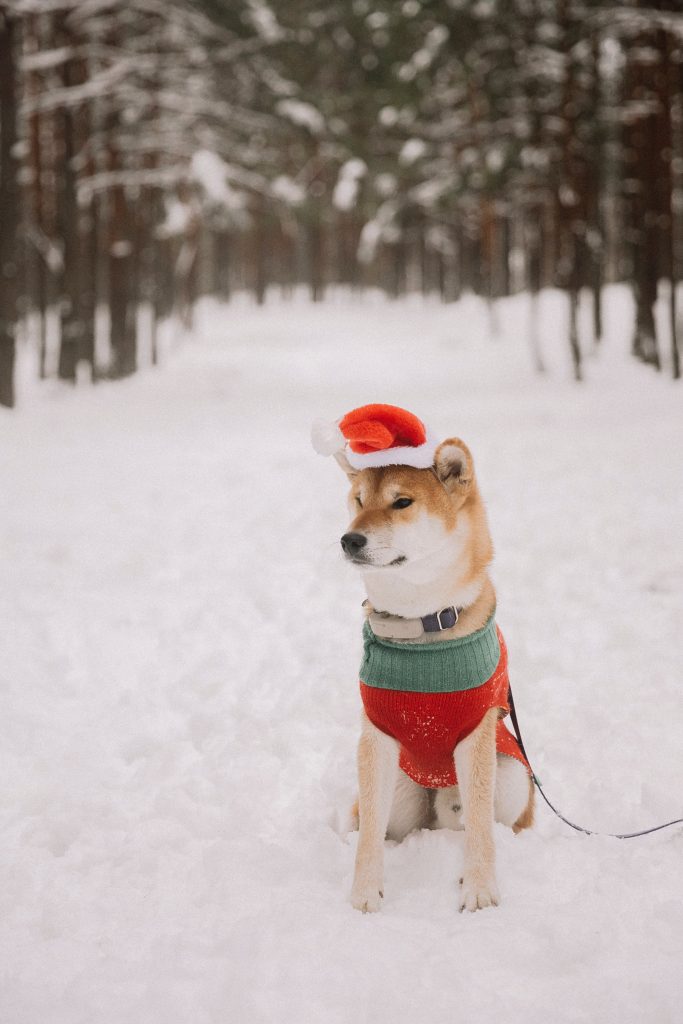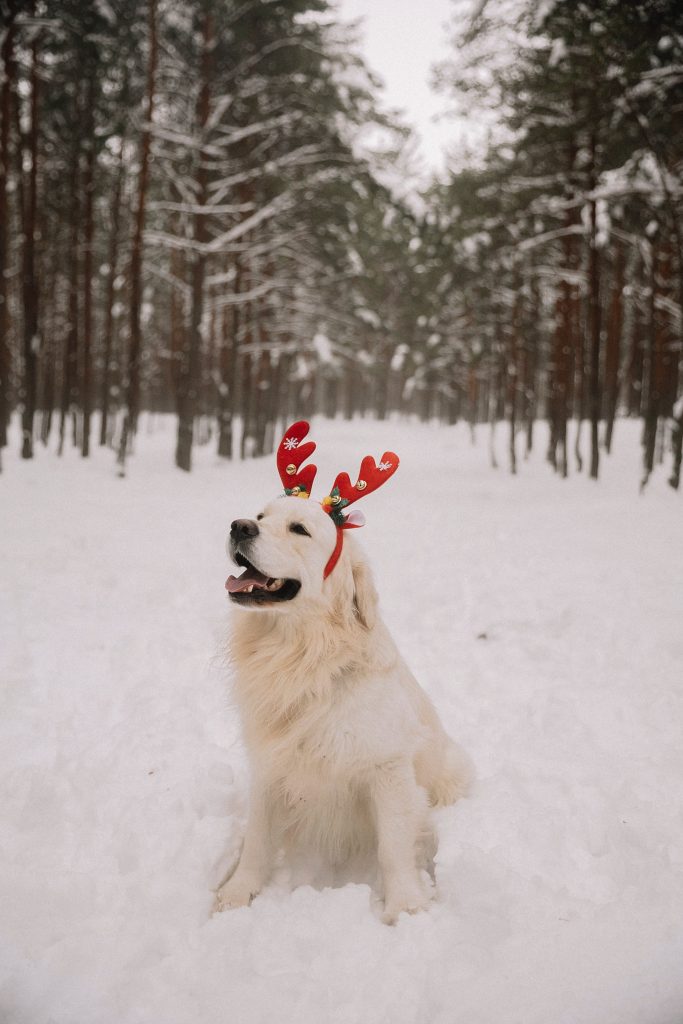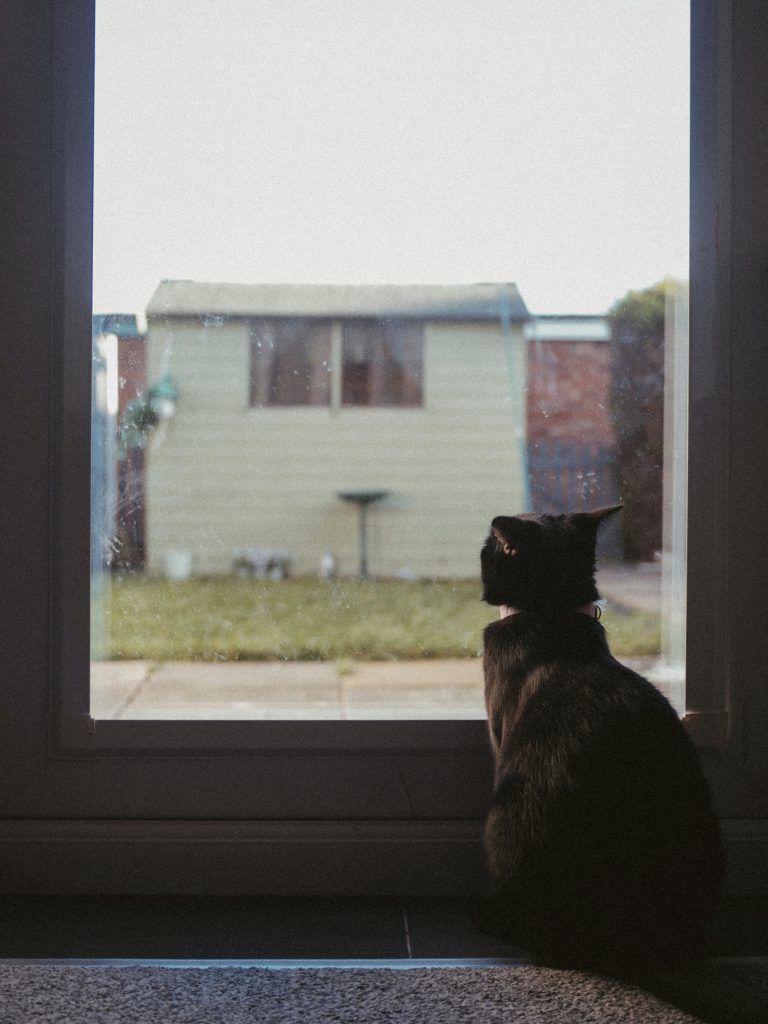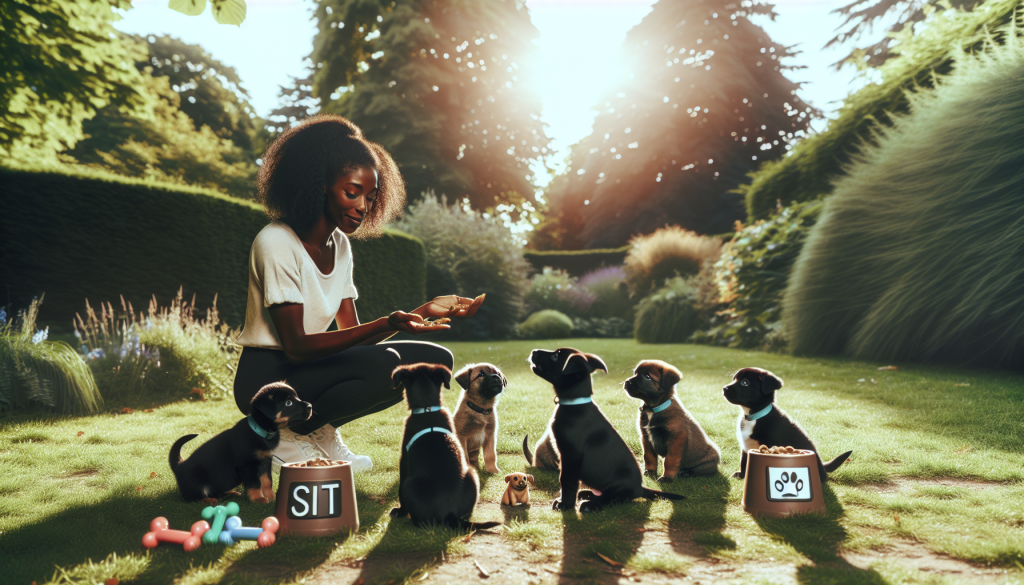So you’ve recently brought home a new, adorable bundle of joy in the form of a fluffy little puppy. You’re undoubtedly excited about the adventures that await you, but now you find yourself wondering, “What are the basic commands I should start teaching my new furry friend?” Well, fret not, because we’re here to help! In this article, we’ll explore some essential commands that will lay the foundation for a well-behaved and obedient pup. With a little patience and consistency, you’ll have your puppy wagging their tail and responding to your commands in no time!
Sit Command
Teaching the sit command
Teaching your puppy the sit command is one of the first and most fundamental lessons in obedience training. Begin by luring your puppy into the sit position using a treat held above their head and slightly behind them. As they follow the treat with their nose, their bottom will naturally lower to the ground. Once they are in the sitting position, reward them with the treat and praise them enthusiastically. Repeat this process several times until your puppy grasps the concept and starts to sit on command.
Using treats as rewards
In the early stages of training, treats are an excellent way to motivate and reward your puppy for their efforts. Choose small, soft treats that your puppy can easily chew and digest. Whenever they successfully perform the sit command, promptly reward them with a treat and offer verbal praise. This positive reinforcement helps your puppy associate the sit command with something enjoyable and encourages them to repeat the behavior. As your puppy becomes more consistent with the sit command, gradually reduce the frequency of treats and rely more on verbal praise and physical affection.
Building up the duration and distance
Once your puppy masters the sit command, it’s time to work on increasing the duration of their sit and practicing from different distances. Begin by asking your puppy to sit and gradually extend the time before rewarding them. This helps build their patience and impulse control. Additionally, practice the sit command from different distances, gradually moving further away while still expecting them to sit when given the command. By incorporating these variations into their training, you are ensuring that your puppy can follow the sit command under various circumstances.
Adding verbal and hand signals
To reinforce the sit command even further, incorporate both verbal and hand signals. Choose a consistent, simple word such as “sit” to use when giving the command. Pair this word with a clear hand signal, such as raising your flattened palm upward. Use both the verbal command and the hand signal together, ensuring that your puppy understands the connection between the two. Over time, you can start to rely more on the hand signal alone, which can be helpful in situations where verbal commands may not be convenient or effective.
Down Command
Teaching the down command
The down command is another essential obedience cue to teach your puppy. Start by asking your puppy to sit, then hold a treat just above their nose and slowly lower it straight down toward the ground. As your puppy follows the treat with their nose, their front legs will naturally extend forward until they are lying down. Once in the down position, reward them with the treat and offer verbal praise. Repeat this process several times, gradually phasing out the lure until your puppy can respond to the down command without it.
Using luring and shaping techniques
In addition to luring your puppy with a treat, you can also use shaping techniques to teach the down command. Begin by capturing the moment your puppy naturally lies down on their own, even without a cue. When this happens, immediately reward them with a treat and praise. This helps your puppy associate the act of lying down with a positive outcome. Gradually introduce a verbal cue, such as “down,” while your puppy is in the process of lying down. With repeated practice, they will begin to understand the connection between the cue and the desired behavior.
Reinforcing with treats and praise
As with the sit command, treats and verbal praise are essential tools in reinforcing the down command. Whenever your puppy successfully responds to the command and lies down, promptly reward them with a treat and offer verbal praise to let them know they are doing the right thing. Be sure to praise them in a calm and gentle tone to create a positive association with the behavior. Consistency in rewarding and praising your puppy will help solidify their understanding of the down command and encourage them to repeat it willingly.
Working on staying in the down position
It’s important to teach your puppy to stay in the down position until given a release cue. Begin by asking your puppy to lie down, then take a step back or to the side. If your puppy remains in the down position, immediately return to them, reward them with a treat, and offer verbal praise. Gradually increase the distance and duration before returning to reward your puppy. If your puppy gets up before you release them, calmly and gently guide them back into the down position and start again. With consistent practice, your puppy will understand that staying in the down position until released is expected behavior.

This image is property of images.pexels.com.
Stay Command
Teaching the stay command
The stay command is crucial for keeping your puppy safe in various situations. Start by asking your puppy to sit or lie down. Maintain eye contact and use a firm yet gentle hand signal, such as holding your palm flat and facing your puppy. Give the verbal cue “stay” in a calm and clear tone. Start with short distances, gradually increasing the distance as your puppy becomes more reliable in staying put. It’s important to reinforce the stay command consistently and provide ample rewards for your puppy’s efforts.
Starting with short distances and durations
When initially teaching the stay command, it’s important to start with short distances and durations. Begin by asking your puppy to stay while you take one step back, then immediately return and reward them. Gradually increase the distance to two steps, then three, and so on. Similarly, work on gradually increasing the duration by asking your puppy to stay for a few seconds initially, then gradually extending the time before returning and rewarding them. By starting small and gradually increasing the difficulty, you are setting your puppy up for success in mastering the stay command.
Gradually increasing the difficulty
Once your puppy is comfortable with the basics of the stay command, it’s time to gradually increase the difficulty level. Begin introducing distractions, such as other people or toys, while asking your puppy to stay. This helps your puppy learn to stay focused on you and the command, even in the presence of distractions. Additionally, practice the stay command in various environments, both indoors and outdoors, to ensure that your puppy can obey the command regardless of the surroundings. Consistently challenging your puppy in a controlled manner will help build their confidence and reliability in the stay command.
Using a release cue
A release cue is an important element of the stay command. Without a clear release cue, your puppy may not know when they are free to move and may become uncertain or anxious. Choose a specific word or phrase, such as “okay” or “release,” to use as your release cue. When you are ready to release your puppy from the stay command, say the release cue in a cheerful tone and encourage them to move freely. It’s important to be consistent with your release cue, using the same word or phrase each time. This will help your puppy understand when they are no longer required to stay and can relax.
Come Command
Teaching the come command
The come command is crucial for ensuring your puppy’s safety, especially in potentially dangerous situations. Begin by attaching a long leash to your puppy’s collar. Crouch down, open your arms, and call your puppy with an enthusiastic and inviting tone. As your puppy approaches you, reward them with a high-value treat and offer plenty of praise and affection. It’s essential to reinforce the come command as a positive and rewarding experience for your puppy. Consistency and patience are key when teaching this command, as it may take some time for your puppy to grasp it fully.
Using a long leash for safety
In the early stages of training the come command, it’s important to use a long leash to ensure your puppy’s safety. This allows you to have control and prevent them from running off or getting into potentially dangerous situations. Start by walking a short distance away from your puppy while holding the leash. Crouch down, call your puppy by name, and use an inviting tone to encourage them to come to you. As they approach, reward them with treats and praise. Gradually increase the distance and practice in different environments while maintaining control with the leash.
Using high-value rewards
To ensure that your puppy is motivated to come to you when called, it is important to use high-value rewards. Choose treats that your puppy finds extremely appealing, such as small pieces of cooked chicken or freeze-dried liver. These special treats should be something your puppy only receives during training sessions for the come command. By using high-value rewards, you are reinforcing the notion that coming when called is incredibly rewarding for your puppy. This creates a strong association between the command and a positive outcome, making your puppy more likely to respond promptly.
Working in distraction-free environments
When teaching the come command, it’s best to start in distraction-free environments and gradually introduce distractions as your puppy becomes more reliable. Begin training indoors or in a quiet outdoor area with minimal distractions. As your puppy becomes more consistent in responding to the come command, gradually introduce distractions such as toys or other animals. This will help your puppy learn to come to you even in situations that may tempt them to do otherwise. Consistency and gradual progression are key to successfully teaching the come command in the face of distractions.

This image is property of images.pexels.com.
Leave It Command
Teaching the leave it command
The leave it command is particularly important for your puppy’s safety and well-being. Start by holding a small treat in your closed hand. Present your hand to your puppy, allowing them to sniff and investigate. As soon as they show interest in the treat, close your hand and firmly say “leave it.” Wait for a moment and then offer them a different treat from your other hand, saying “take it.” Repeat this process several times, gradually increasing the difficulty by using treats placed on the ground or in other tempting scenarios. Through consistent practice, your puppy will learn to leave items alone when given the command.
Using the ‘trade’ technique
Another effective method to teach the leave it command is the “trade” technique. Begin by taking an item that your puppy finds valuable, such as a toy or a bone. Offer them a higher-value treat or toy and say “leave it” as you take away the valuable item. This teaches your puppy that giving up something valuable results in receiving something even better. Repeat this exercise with different items, gradually increasing the value of the items your puppy needs to leave. The trade technique helps reinforce the leave it command and encourages your puppy to willingly release objects when instructed.
Gradually increasing the difficulty
As your puppy becomes more proficient in the leave it command, it’s important to gradually increase the difficulty to ensure their understanding solidifies. Start by practicing the command indoors in a controlled environment. Then, gradually introduce more tempting objects or challenging scenarios. This can include practicing leave it with food on the ground, or leaving objects placed on furniture or countertops. The goal is for your puppy to understand that the leave it command applies to any situation where they need to avoid or ignore something undesirable. Consistent practice and gradual challenges will help your puppy generalize the command in various contexts.
Proofing the command in various situations
To ensure that your puppy truly understands and obeys the leave it command in different situations, it’s crucial to proof the command. This means practicing the command in a variety of scenarios, environments, and with different distractions. For example, practice the command during walks when your puppy encounters enticing objects or while at the park around other dogs and people. Be patient and consistent, rewarding your puppy whenever they successfully leave an object or refrain from engaging with something they shouldn’t. By proofing the command, you increase your puppy’s reliability and ensure they consistently respond to the leave it cue.
Drop It Command
Teaching the drop it command
The drop it command is essential for ensuring your puppy’s safety and preventing them from mouthing or chewing on inappropriate items. Start by offering your puppy a toy or a safe object to hold in their mouth. As they interact with the object, wait until they lose interest and release it. After they drop the object, immediately reward them with praise and offer a different toy or treat as a reward. Repeat this process, gradually introducing the verbal cue “drop it” as your puppy is about to release the object. This helps your puppy associate the command with the action of letting go.
Using a trade or exchange
In addition to the basic method of teaching the drop it command, you can also use a trade or exchange technique. Offer your puppy a desirable item, such as a toy or treat, in exchange for the one they are holding. As they drop the object in their mouth to accept the new item, provide praise and satisfaction. This technique reinforces the concept that letting go of one item results in receiving something even better. By practicing the trade technique, you are adding an extra layer of motivation for your puppy to consistently respond to the drop it command.
Using a ‘drop it’ cue
Once your puppy understands the concept of letting go, it’s important to introduce a verbal cue, such as “drop it.” As your puppy is about to release an object, say the cue in a firm yet calm tone. Consistently using the same cue word every time will help your puppy associate the command with the desired behavior. Over time, they will learn to drop objects upon hearing the cue alone. Be patient and consistently reinforce the drop it command with praise and rewards to encourage your puppy to willingly let go of objects when asked.
Building trust and ensuring safety
When teaching the drop it command, it’s vital to prioritize building trust between you and your puppy. Never forcefully remove an object from your puppy’s mouth or engage in any behaviors that could cause them to feel threatened or anxious. Instead, calmly and patiently work on teaching the drop it command. This will help your puppy understand that releasing objects is a safe and positive behavior. By fostering trust and ensuring their safety, you are creating a solid foundation for proper obedience and a strong bond between you and your furry companion.

This image is property of images.pexels.com.
Heel Command
Teaching the heel command
The heel command teaches your puppy to walk calmly by your side, without pulling on the leash or wandering off. Start by holding a treat in your hand and placing it against your leg. Begin walking slowly and say the verbal cue “heel.” As your puppy walks alongside you without pulling, reward them with the treat and offer verbal praise. If they start pulling or wandering, immediately stop and wait for them to refocus their attention on you. Once they do, resume walking and reward them for their correct positioning. Repeat this process, gradually reducing the need for treats as your puppy becomes more consistent.
Using a loose leash and proper positioning
To encourage your puppy to walk by your side, it’s important to use a loose leash and ensure proper positioning. Hold the leash with a relaxed grip, allowing enough slack for your puppy to move comfortably. Position your puppy on your left side, with their shoulder aligned with your leg. This positioning helps establish a consistent walking pattern and prevents your puppy from crossing in front of you or pulling ahead. Be patient and consistent, rewarding your puppy whenever they maintain the correct position. With practice, they will learn to maintain the heel position without constant treats or rewards.
Rewarding for correct positioning
Consistently rewarding your puppy for correct positioning is key to teaching the heel command. When your puppy walks alongside you without pulling or wandering off, promptly reward them with verbal praise and a treat. Offering rewards at the correct location, such as by your leg, reinforces the desired positioning and creates a positive association with the heel command. As your puppy becomes more consistent, gradually reduce the frequency of treats and rely more on verbal praise and occasional rewards to maintain their motivation. Remember to be patient and consistent in your training efforts.
Practicing in different environments
To ensure that your puppy can successfully heel in various environments and situations, it’s important to practice in different locations. Start with familiar and controlled environments, such as your backyard or a quiet street. Once your puppy becomes comfortable and consistent in those environments, gradually introduce more challenging situations. This could include busier streets, parks with distractions, or areas with other dogs. Consistent practice in different environments helps your puppy generalize the heel command and respond appropriately regardless of the surroundings. Be patient and gradually increase the difficulty level to ensure long-term success.
Off Command
Teaching the off command
Teaching your puppy the off command is essential for preventing jumping up on people or furniture. First, anticipate when your puppy is likely to jump, such as when greeting someone or attempting to climb onto furniture. As your puppy is about to jump, present your open hand in front of them and calmly say “off.” If they respond and don’t jump, immediately reward them with praise and a treat. If they continue to jump, gently turn your body away and ignore them until they calm down. Consistency is key with the off command, so repeat this process every time your puppy attempts to jump.
Using positive reinforcement
To effectively teach the off command, it’s important to use positive reinforcement. Reward your puppy with praise and treats whenever they respond appropriately to the command and refrain from jumping. Positive reinforcement helps create a positive association with the desired behavior and encourages your puppy to repeat it. Consistency is key, so be sure to reward your puppy consistently every time they respond to the off command. With time and practice, your puppy will learn that keeping all four paws on the ground is the expected behavior when given the off command.
Redirecting to desired behaviors
Alongside teaching the off command, it’s important to redirect your puppy’s energy and enthusiasm to more appropriate behaviors. For example, when your puppy is excited and about to jump, ask them to sit instead. Reward them with praise and treats for responding to the sit command. By redirecting your puppy’s attention and energy, you are teaching them that there are alternative behaviors to express their excitement. Consistently redirecting to desired behaviors and praising your puppy’s efforts will help them understand that jumping is not the appropriate way to seek attention or show enthusiasm.
Consistency and patience
Consistency and patience are crucial when teaching the off command. It may take some time for your puppy to fully grasp the concept and consistently respond appropriately. Remember to remain calm and patient, avoiding any harsh or forceful methods. Consistency in your training efforts and expectations will help your puppy understand what is expected of them. Be sure to communicate clearly and consistently with the off command, rewarding and redirecting as necessary. With time, practice, and your friendly guidance, your puppy will learn to keep all four paws on the ground and greet others politely.

Wait Command
Teaching the wait command
The wait command is valuable for keeping your puppy safe and preventing them from rushing out of doors or running into potentially dangerous situations. Start by leashing your puppy and standing in front of a closed door. Ask them to sit or stand, then use a firm yet calm hand signal, such as raising your palm toward them. At the same time, give the verbal cue “wait” in a clear tone. Open the door slightly, and if your puppy remains in place, reward them with praise and a treat. Gradually increase the time and distance before releasing them from the wait command.
Starting with short durations
When teaching the wait command, it’s important to start with short durations to ensure your puppy’s success. Begin by asking them to wait for just a few seconds, then return and reward them. Gradually increase the duration by waiting for a few more seconds each time before returning to your puppy. As they become more comfortable and patient, they will be able to wait for longer durations without getting anxious or feeling the need to move. Remember to reward their efforts consistently to reinforce the desired behavior and strengthen their understanding of the wait command.
Releasing from the wait command
To release your puppy from the wait command, use a clear and consistent release cue. This could be a specific word or phrase such as “okay” or “release.” Use a cheerful tone when giving the release cue to indicate that your puppy is free to move. It’s important to remain consistent with your release cue, using the same word or phrase each time. This helps your puppy understand when they are no longer required to wait and can proceed. By consistently using a release cue, you ensure clear communication and prevent any confusion or uncertainty on your puppy’s part.
Using the wait command for various situations
Once your puppy becomes proficient in the wait command, you can apply it to various situations to ensure their safety and obedience. Practice the wait command at doorways, before crossing the street, or before allowing your puppy to greet other dogs or people. By incorporating the wait command into these scenarios, you are teaching your puppy to pause and assess the situation before proceeding. This helps prevent impulsive and potentially dangerous behaviors. Remember to reward your puppy consistently for their patience and reinforce the importance of the wait command in various situations.
Go to Bed Command
Teaching the go to bed command
The go to bed command is useful for providing your puppy with a designated space and teaching them to settle down. Start by choosing a specific bed or mat designated for your puppy. Encourage your puppy to go to their designated spot by using verbal cues such as “go to bed” or “place” while pointing toward their bed. Initially, you may need to guide your puppy to their bed using a treat or praise. Once they are on their bed, reward them and provide positive reinforcement. Repeat this process until your puppy understands the command and goes to their bed willingly.
Designating a specific bed or mat
When teaching the go to bed command, it’s important to designate a specific bed or mat for your puppy. This helps them understand the specific location where they are expected to go when given the cue. Choose a comfortable and easily accessible spot that your puppy can easily recognize as their designated area. Consistency is key, so be sure to use the same bed or mat every time you give the go to bed command. This helps create a clear association between the command and the desired behavior.
Using rewards and positive reinforcement
To encourage your puppy to willingly go to their designated bed, use rewards and positive reinforcement. When they respond to the go to bed command and settle on their bed, reward them with praise, treats, or a combination of both. This positive reinforcement helps your puppy associate going to their bed with a pleasurable and rewarding experience. Additionally, consider providing toys or a cozy blanket on their bed to make it more appealing and comfortable. By consistently offering rewards and positive reinforcement, you motivate your puppy to go to their bed willingly and happily.
Building duration and reliability
As your puppy becomes more comfortable with the go to bed command, gradually work on building the duration they stay on their bed. Start by rewarding them for initially settling on their bed, then gradually increase the time before releasing them. Over time, your puppy will learn to stay on their bed until released or until given a new command. Consistency and patience are key, so be sure to practice the go to bed command regularly and reinforce the desired behavior. With practice and positive reinforcement, your puppy will become reliable in going to their bed on command.
